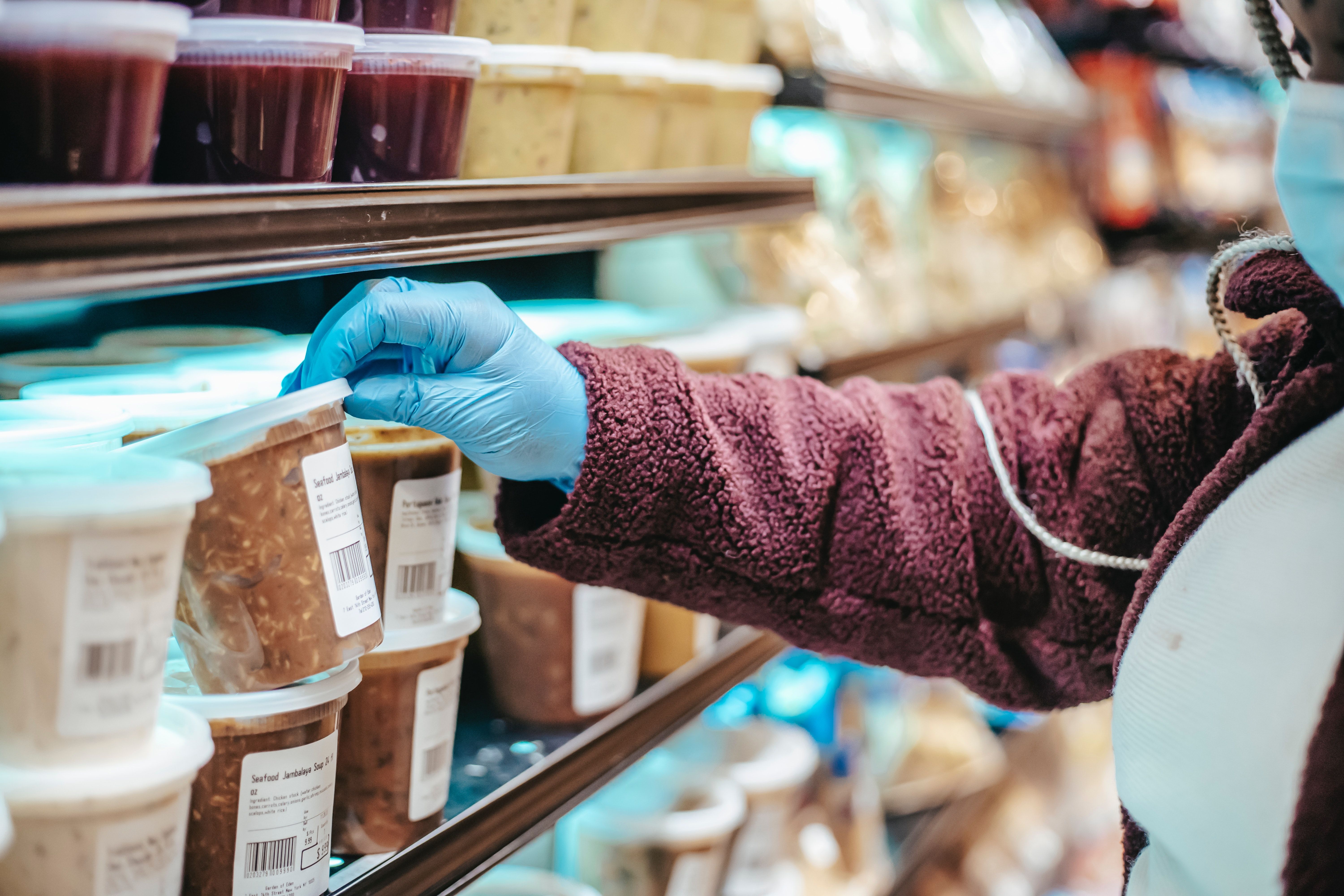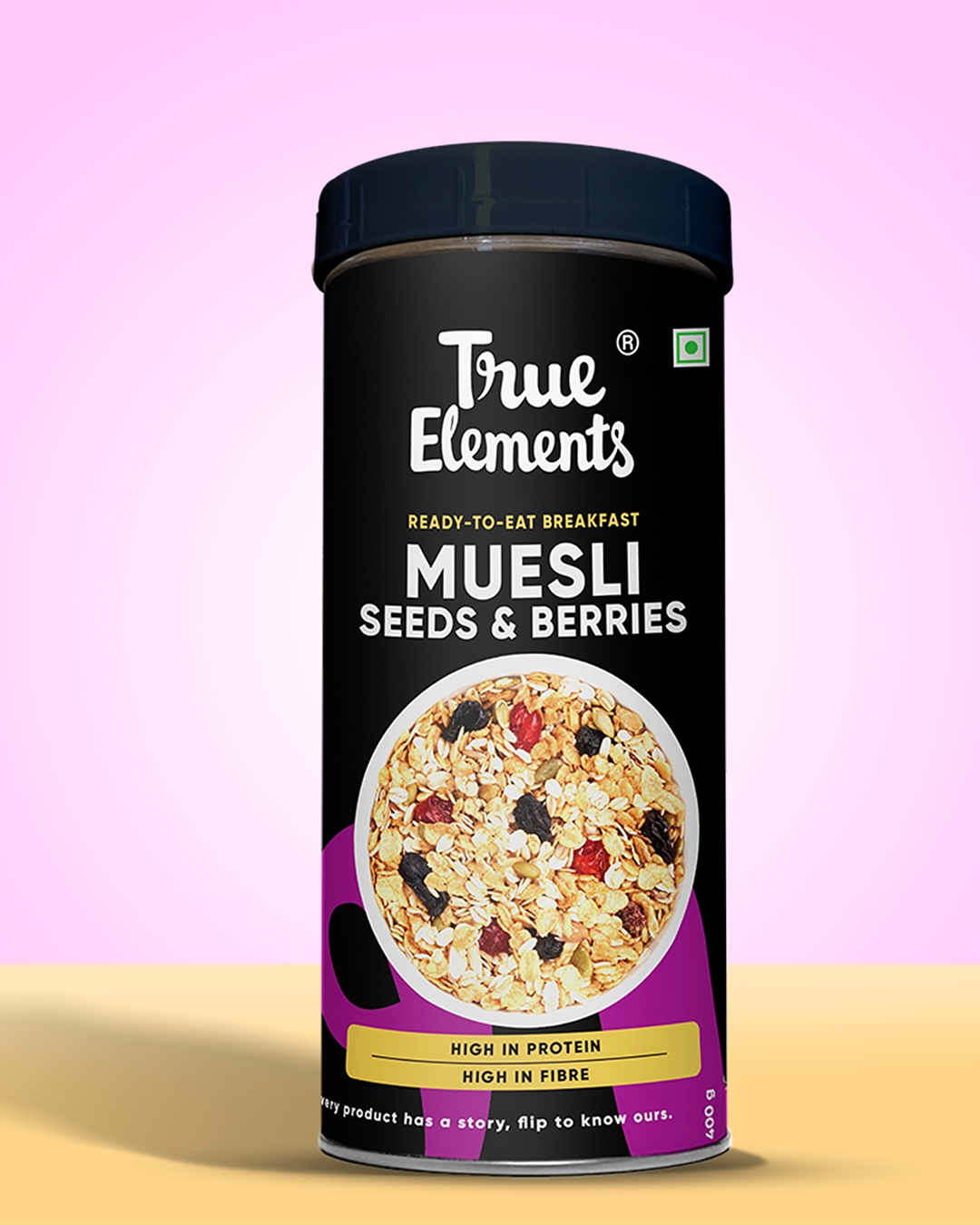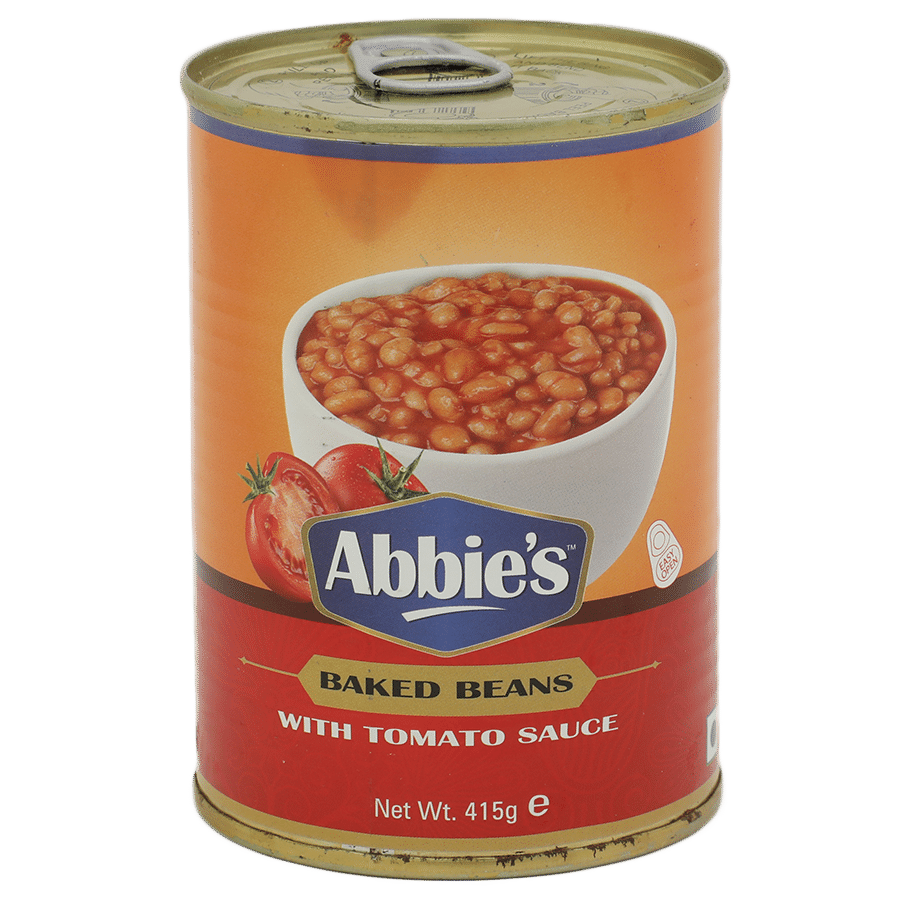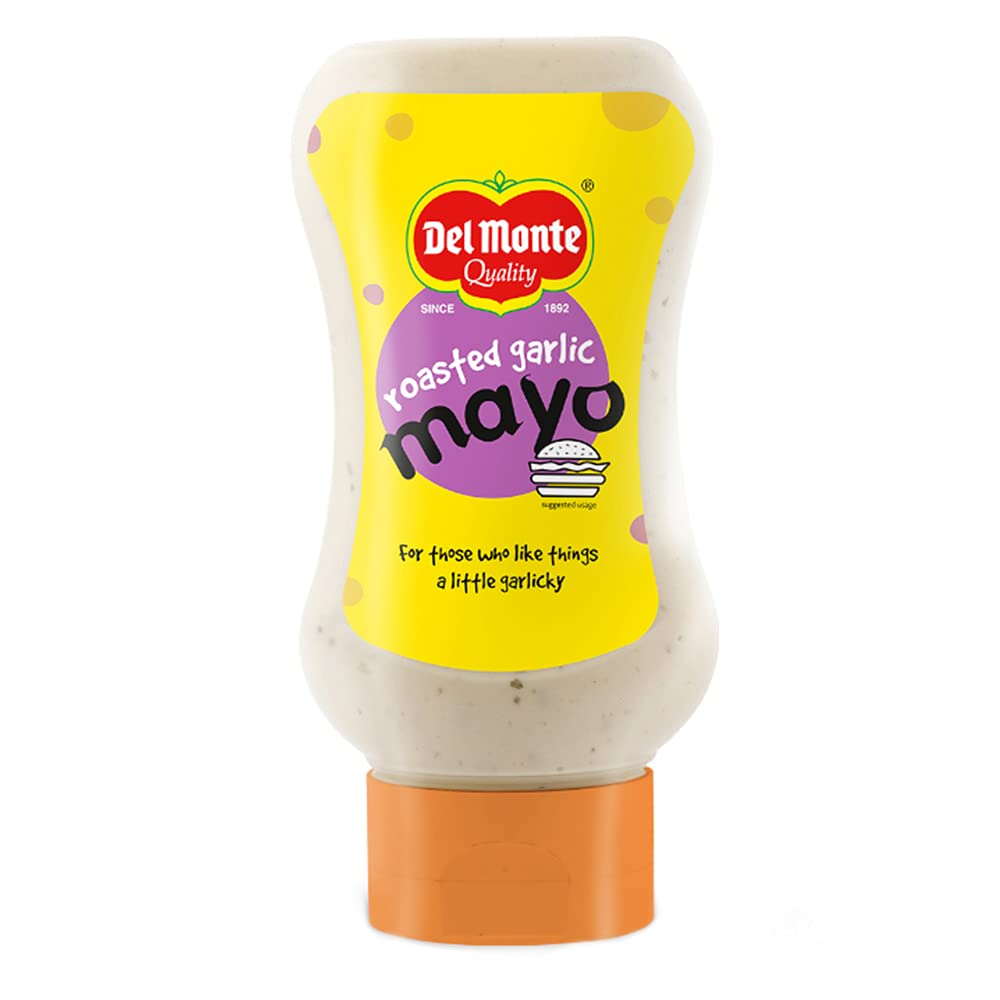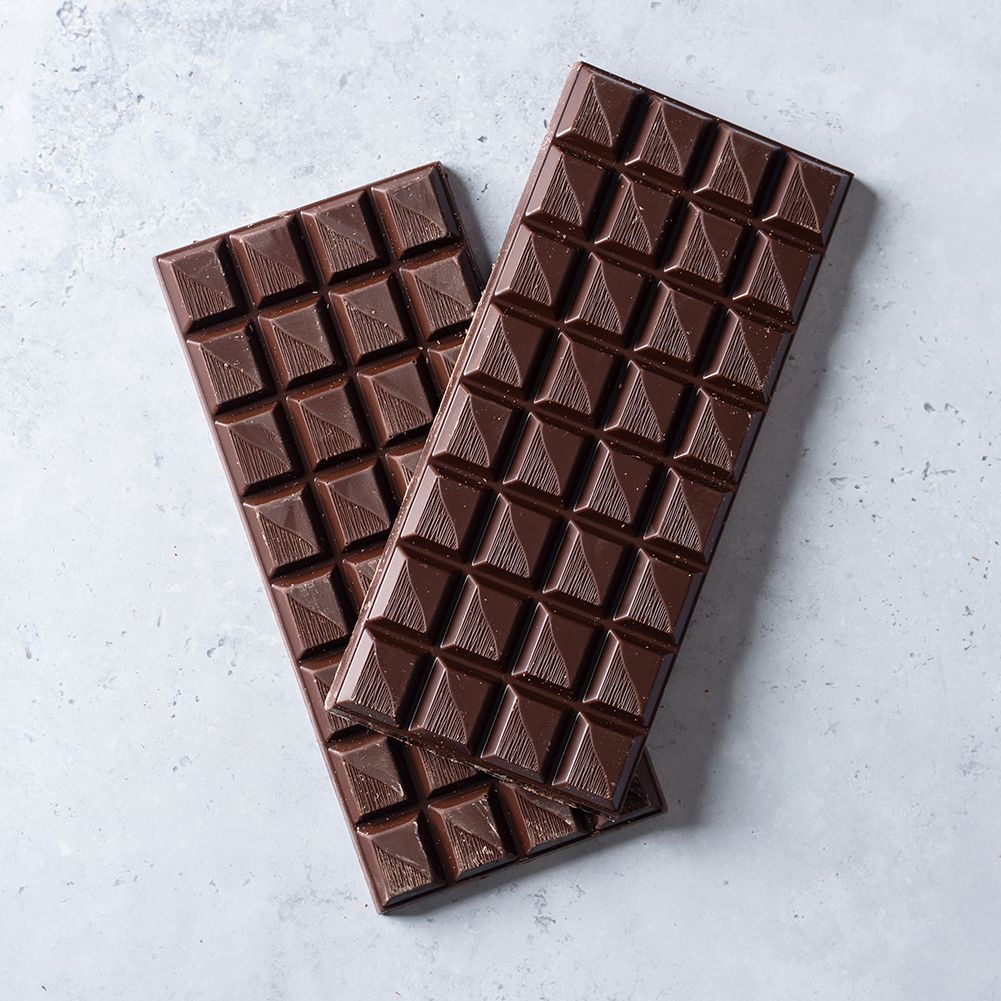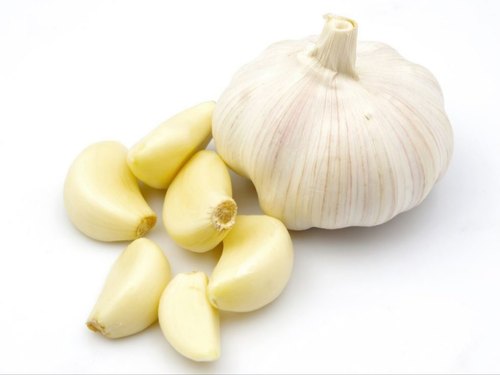You need to start looking at food labels that are high in polyunsaturated and monounsaturated fatty acids as they help you reduce the levels of LDL. You need to limit the amount of saturated and trans fats you eat. Just decreasing your consumption of saturated fats to less than 7 percent of your total daily calorie intake can help to reduce your LDL cholesterol by 8 to 10 percent. Trans fats are sometimes listed on food labels as “partially hydrogenated vegetable oil” and are often used in kinds of margarine and store-bought cookies, crackers and cakes.
Published Date January 24, 2003
What to look out for in foods if you have cholesterol
By Naurin Ansari
4 min read
Last update date: January 24, 2003
All about avocados, whole grains, HDL, LDL and cholesterol

Cholesterol is considered to be one of the most vital molecules in the body. It is mainly divided into two types. One - High-density Lipoproteins (HDL) which work to remove Low-density Lipoproteins (LDL) from blood and so are also known as good cholesterol. Two - Low-density lipoproteins (LDLs) are the number one reason for plaque formation in your arteries that may block your arteries and so are also known as bad cholesterol.
High cholesterol is no joke. The risk of heart attack increases if your LDL (bad cholesterol) levels go high. So it is really necessary for you to know why you eat what you eat and how to change it.
Understanding how food works for your body and how it affects the levels of cholesterol will only benefit you. So let’s dive into knowing the food alternatives that have been proven to be a better option if you have cholesterol and why you should consider eating them.
Some foods that are good for cholesterol levels
- Avocados
Avocados provide us with oleic acid, which helps in lowering the bad cholesterol levels in the blood. Avocado oil can also be a better alternative to other cooking oils. - Nuts
Nuts have high polyunsaturated fatty acids, so nuts like almonds, walnuts, and pistachios will definitely help you reduce LDL levels. - Whole grains
Whole grains like barley, oatmeal and brown rice have a good amount of soluble fibres in them, which has been proven to reduce the level of LDL in the blood. Try switching to whole grains and opting for brown rice over white. - Olive oil
A plant-based fat is considered to be a better choice than canola oil as it provides many disease-fighting antioxidants and is good for your heart when you are making an effort to lower your LDL levels. - Beans
Beans like kidney beans, lentils, and black beans are all rich in soluble fibres which will help bind the cholesterol in the blood and move it out of the body. Recent studies have shown that 4.5 ounces of beans consumed in a day can help to reduce LDL levels by 5%. - Fruits
Pectin, a type of fibre present in apples and pears, helps lower cholesterol levels too. Citrus fruits like oranges and lemons do the same. - Dark chocolate and Cocoa
The main ingredient of dark chocolate is cocoa. Research verifies the claim that flavonoids in dark chocolate and cocoa can reduce LDL levels. Dark chocolate and cocoa help protect the bad cholesterol in the blood from oxidation, which is actually a key cause of heart disease. But the drawback is that chocolates are often high in added sugar which negatively affects heart health. So it is advisable to use cocoa alone or choose dark chocolate with a cocoa content of 75–85% or higher. - Garlic
Allicin (the main active compound) and other plant compounds present in garlic can help reduce LDL levels.
There are also foods that should be better kept off the plate if you or your family member have high cholesterol levels. Let’s know why.
Some foods to avoid
Sugar
This includes pastries, desserts, sweetened beverages and other processed foods made with high fructose corn syrup or other added sugars. Diets that are high in sugar levels will increase the total cholesterol as well as triglycerides and LDL levels.
Hydrogenated or partially hydrogenated oils
This includes margarine and shortening which are often used as an ingredient in highly processed and baked goods.
Margarine and Shortening
Margarine - a butter substitute made from vegetable oils or animal fats. Shortening - any fat that is solid at room temperature and can be later used in baking is known as. It helps to give a delicate and crumbly texture to baked goods. These oils are a type of trans fat and will damage heart health and cholesterol levels.
Fried foods
They are typically fried in highly processed oils having trans fat. So this will ultimately worsen your cholesterol levels.
Processed meats
Sausage, bacon and similar products have been linked to a higher risk of heart disease due to a large amount of salt and other preservatives they contain.
Take home
References
- https://www.webmd.com/cholesterol-management/heart-health-foods-to-buy-foods-to-avoid#1
- https://www.webmd.com/cholesterol-management/heart-health-foods-to-buy-foods-to-avoid#1
- https://www.healthline.com/nutrition/13-foods-that-lower-cholesterol-levels
- https://www.healthline.com/nutrition/13-foods-that-lower-cholesterol-levels#TOC_TITLE_HDR_15
- https://www.goodrx.com/high-cholesterol/food#foods-that-raise-cholesterol
Keep reading

What Late-Night Snacking does to us?
All about endorphins, metabolic syndrome, junk foods and late night snacking.
By Arpita Sudev

List of Foods to Eat and Avoid in FODMAP
All about IBS and FODMAP.
By Arpita Sudev

Healthy High-Fat Foods to Keep You Full and Satisfied
All about monounsaturated fats, polyunsaturated fats,omega-3 fatty acids and high-fat Foods.
By Arpita Sudev
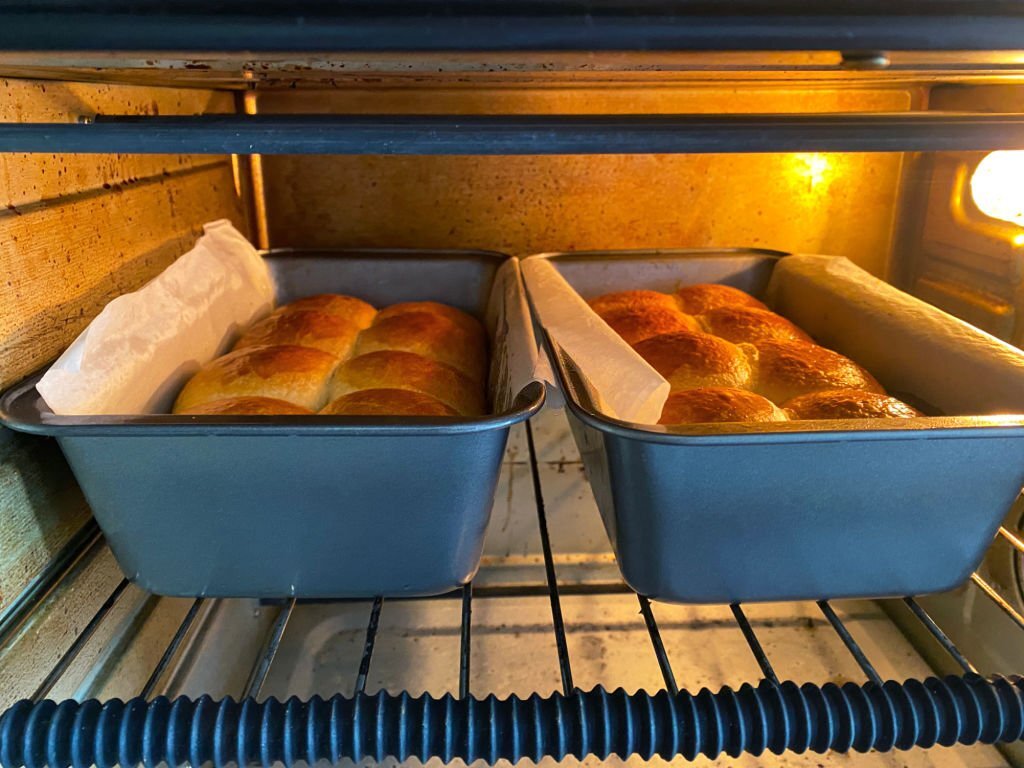
What does it take to bake a bun?
A bun needs a few necessary ingredients to turn out fine. By fine I mean it needs to be fluffy or spongy enough to be called a bun.
By Hetvi Shah
Related Items
Choose Healthy With Us.
Know the real truth about your food. Stay informed and healthy, for free.

Download the App Now
Certified nutritionists trust our food recommendations. Safe to say, so can you :)




